Estimated reading time: 10 minutes.
February/2018 – The XF 23mm f/2 R WR is the second lens on Fujifilm’s “f/2 R WR” lineup for the X-Mount. Practically a “premium intermediary” line made for street photography, introduced in 2016 with the X-Pro 2, the idea is to keep its size to a minimum paired with Fuji’s almost exclusive tactile operation; all with the high-performance expected from the APS-C market. It was done on the first XF 35mm f/2 R WR. It was done on the third XF 50mm f/2 R WR. Now the widest focal length of all, will the 23mm be able to keep i’s performance comparable to the f/2 R WR line, after the lackluster review of the 18mm f/2 R (first generation)? Let’s find out! Nice reading.
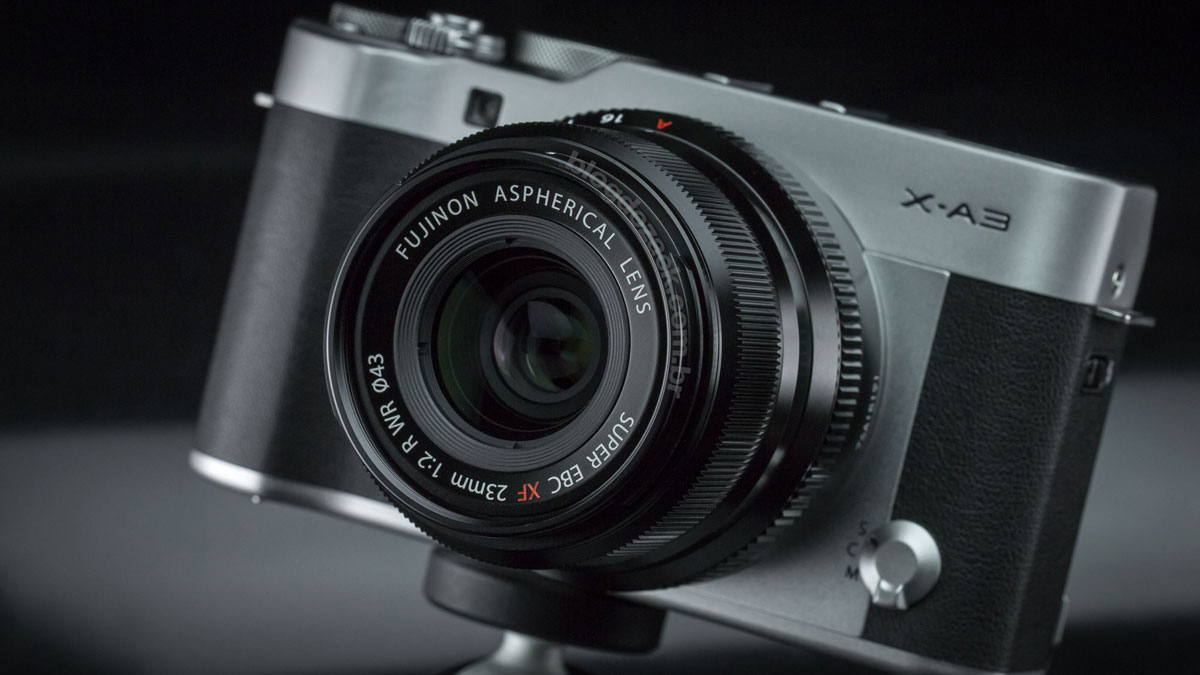
At 5.2 x 5.9cm of 180g, once again a “f/2 R WR” review is redundant; identical to both 35mm and 50mm we’ve already seen. Despite the widest focal length, the 23mm is not the shortest in size: the 35mm f/2 is about 1cm smaller at 4.5cm, and physically we can see Fuji won’t make the same mistake it did on the 18mm f/2 R; one of the smallest lens ever tested, with a pancake design, but with a poor optical performance. Long, relatively heavy and very solid, with no internal wobbling or noises, the XF f/2 R WR closely reminds us of Leica’s M-mount precision, despite the low-cost, thanks to the X-Mount APS-C format. Made in resilient polycarbonate protected by an anodized aluminum outer shell, this US$449 23mm f/2 is far from cheap and definitely a premium product, as aspired by the X-Mount. This is not a “plastic fantastic” prime for the entry-level market.
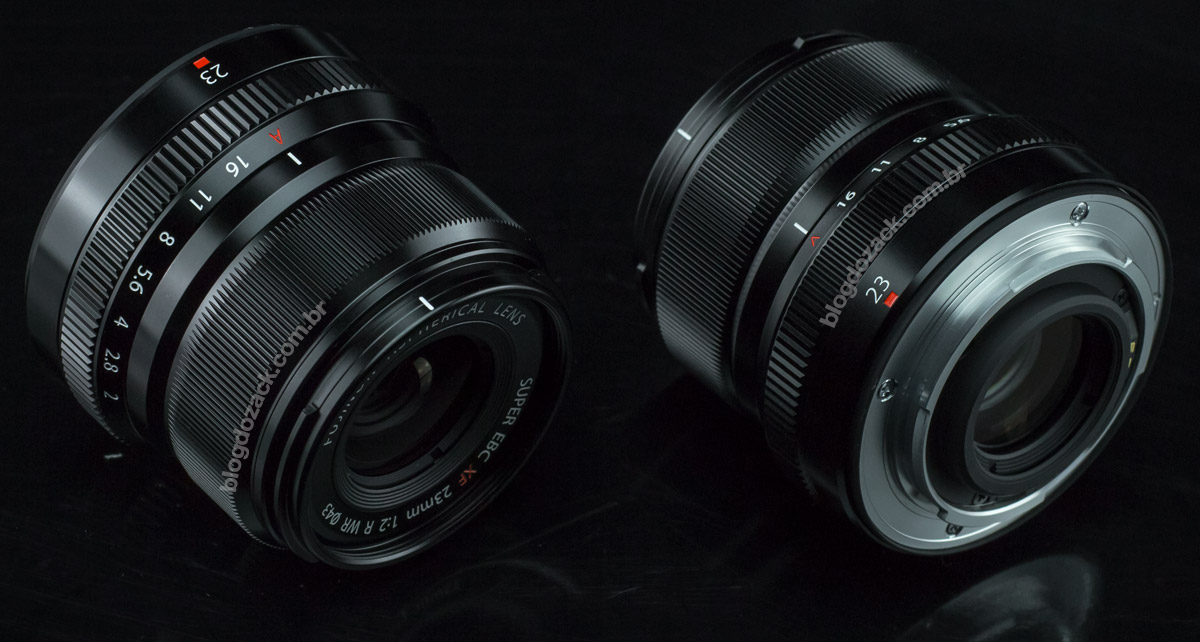
In your hands the XF 23mm f/2 R WR once again “disappears” in front of the camera, as it’s so compact and light. Here shown with the entry-level X-A3 camera, it’s interesting to see how the grip is almost all on the camera’s right-hand side, and the left-hand index finger sits on the lens ring. Closer to the camera sits the f/stop ring, electronically setting the lens aperture (it’s not mechanically coupled), with stronger clicks at the full stops (f/2, f/2.8, f/4″¦) and lighter at the thirds (f/2.2, f/2.5″¦). We can also feel this ring sits on top of a rubber gasket, given it well damped feedback, from the lens “weather resistance” (WR). Fuji declares up-to 10 sealing points and it works: to shoot Nevada’s deserts or Yellowstone’s caldeiras, I had no issues with dust or moisture.
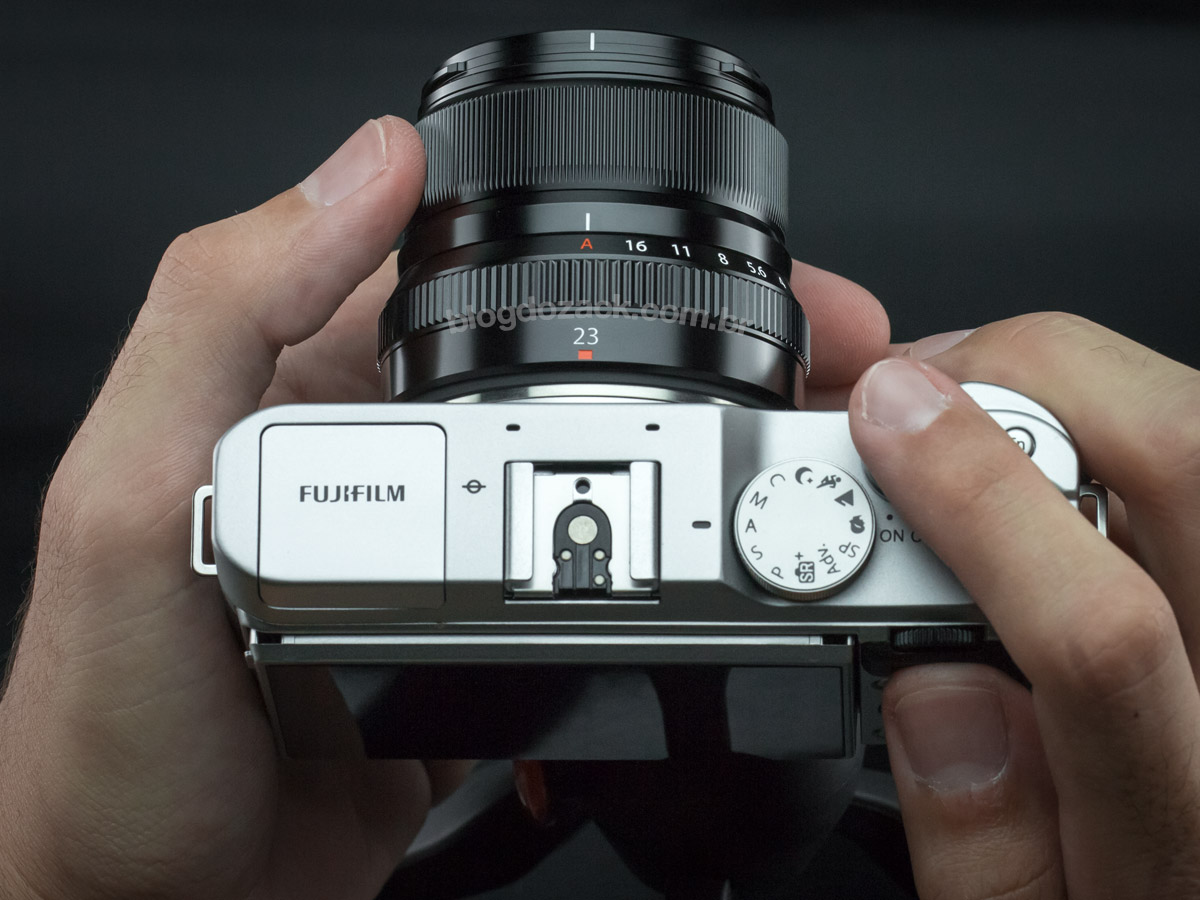
At the front the manual focusing ring is also electronic and indicates the internal focusing group. Completely made of metal and without a rubber cover, this ring’s usability is also smooth due to weather sealing, completely silent. At about 1cm wide, it’s generous and secure to use, feeling somewhat sticky, more than the first XF 35mm f/2 R WR that could slip under sweaty hands. However the focusing adjustment, as any other Fuji XF/XC lens tested so far, is very imprecise: there’s a noticeable lag between the ring’s movement and the internal motor response, and the turning angle from minimum focusing distance to infinity is too long; impossible to quickly focus. On the other hand the auto-focus motor is fast and declared as a stepping motor by Fuji and, during my review with the X-T20, it was all practically instantaneous. Also during video recording it is pretty safe at not aimlessly changing distance all the time, and it works as expected.
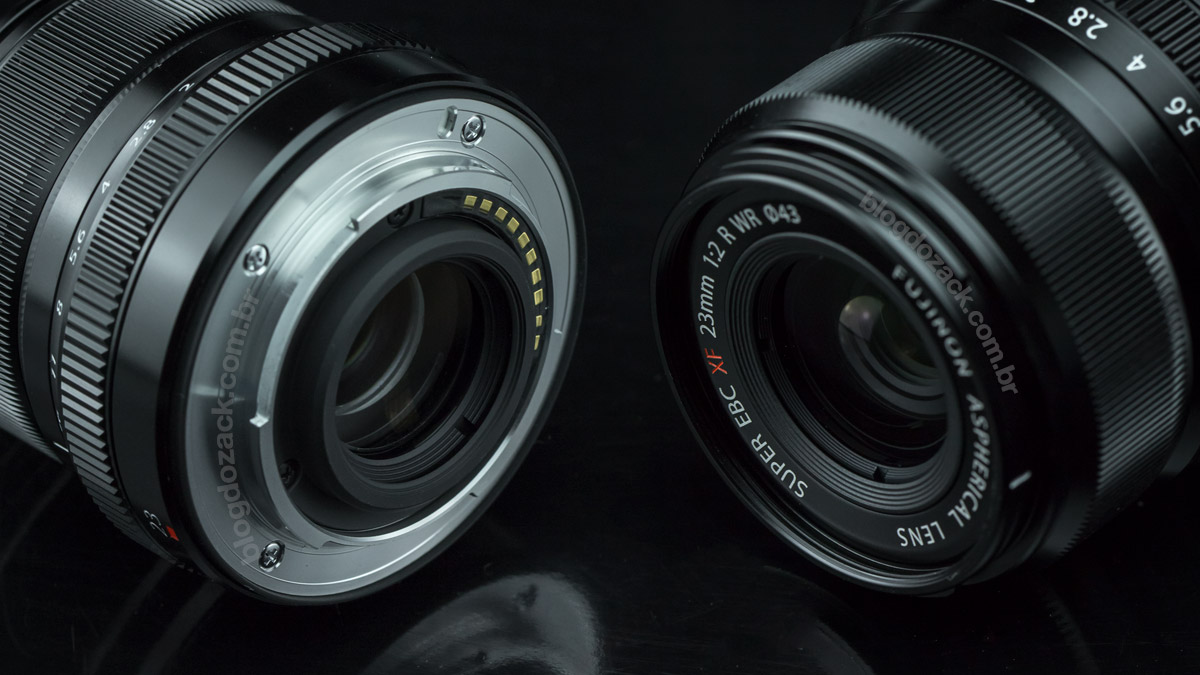
An internal stabilizer? Nop. Zoom ring? There isn’t one. Finally like any modern prime, the XF 23mm f/2 R WR simplicity ends on the ø43mm front filter thread that’s the same size as the 35mm f/2. Made out of metal, this tread is smooth, preventing the glass piece to drop by accident. Over the filters a secondary lens hood tread fix the included-in-the-box “23″piece, thin and simple, not to interfere with the wide angle framing. And at the rear, the metal mount is also protected by a rubber gasket; compatible with the X-Pro 2 and T2 weather sealing. Yet another gem from Fujinon’s APS-C XF lineup, the 23mm usability is the same as every “new” f/2 R WR; all in the right place, all simple to use, all with tactile feedback despite the electronic controls. It’s the perfect mix of the digital market and Fujinon’s 84 years heritage, distinct on the APS-C mirrorless market; almost without any peers. But can it deliver optically? All I want to do is to forget the XF 18mm f/2 R.
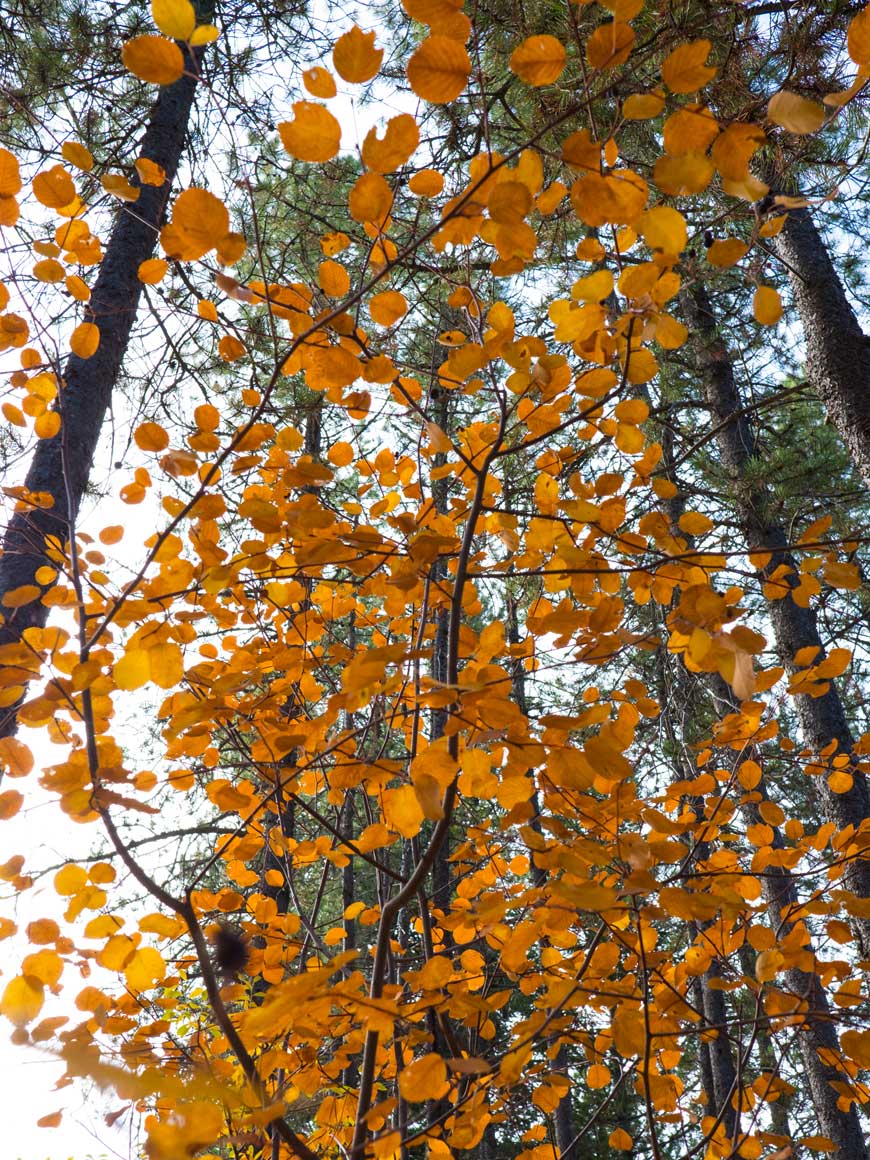
“Foliage” at f/8 1/60 ISO200.
With a 10 elements in 6 groups optical formula, two aspherical pieces and Super EBC coating, Fujifilm had to go head-over-heels to deliver good performance on the XF 23mm f/2 R WR wide-angle; low-cost; portable lens. It’s not a secret how complicated a wide-angle design can be on a mirrorless mount; physically demanding longer, heavier and bigger lenses; opposites to a compact system. Also for just US$449 gone are the 35mm/50mm f/2 R WR costly low-dispersion glass, with clearly (no pun-intended) more aberrations than usual. The resolution is good, yes, thanks to its aspherical pieces; but it drops under the 2 meters focusing distance. Sony suffers the same on its wide-angle zoom E PZ 16-50mm f/3.5-5.6 OSS. Sigma shows similar issues with the 19mm f/2.8 DP1M. Canon doesn’t do it any better on its EF-M 22mm f/2 STM pancake. And Fujinon offers the worst lens ever tested here, the XF 18mm f/2 R. But the XF 23mm f/2 R WR is the better of all, despite no really comparing to a proper 35mm (equiv.) lens on a full-frame camera. So there’s a paradox: to recommend the “best of the worse” wide-angle lens; or to make clear its limitations?
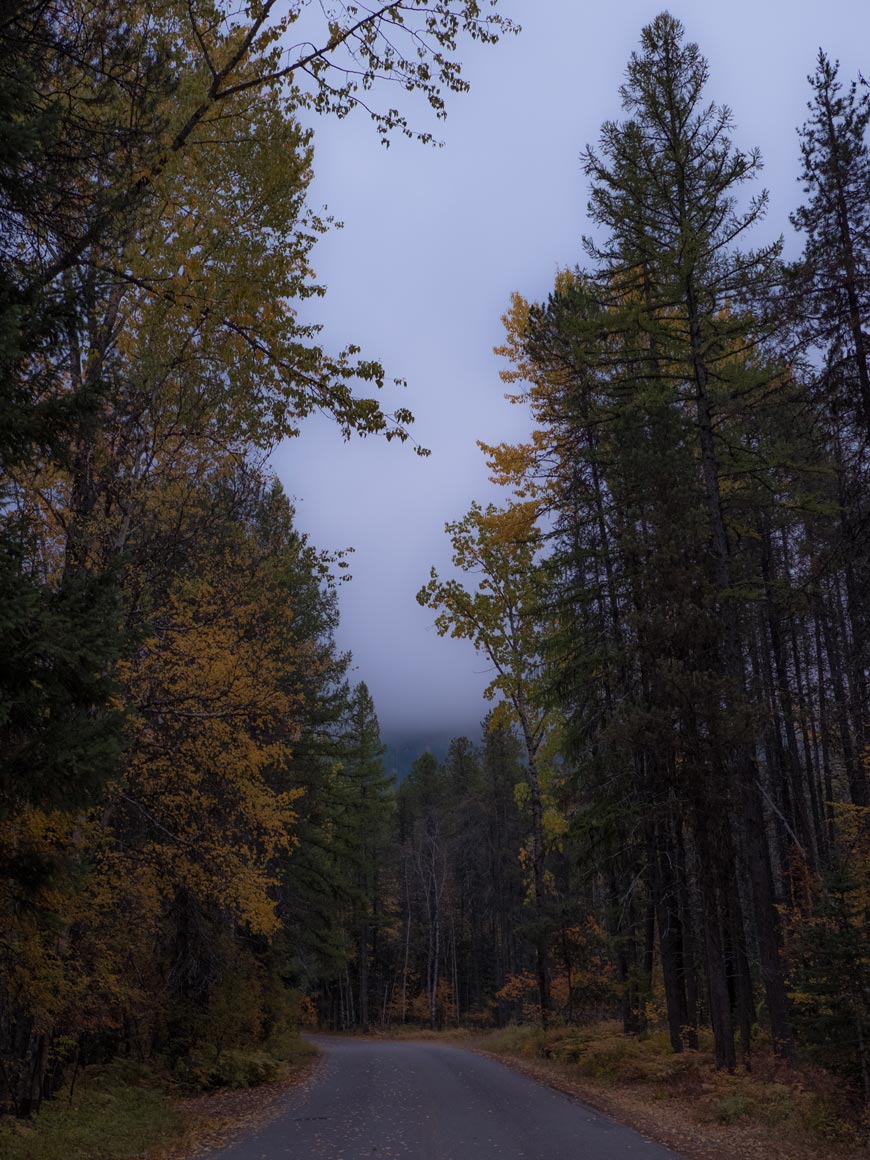
“Morning” at f/4 1/50 ISO800.
That’s not the say that wide-open, the XF 23mm f/2 R WR is useless. The pair of aspherical pieces makes a brilliant job at keeping astigmatism and saggital coma flare to a minimum, with stronger highlights around the frame. It’s easy to render landscapes from 10m and above, with plenty of resolution for X-Mount cameras (now at 24MP), and certainly a giant step ahead any smartphone. But from 3m to the 22cm minimum focusing distance, the APS-C shallow depth-of-field and wide angle makes it nearly impossible to render a sharp image plane; and the details are smooth overall; also without the best out-of-focus quality. The images simply look “cheap” despite the US$449 price, filled with light leaks on high-contrast motifs; obvious axial aberrations; and repetitive background lines. So any creative usage is impacted, and this lens is good only at infinity.
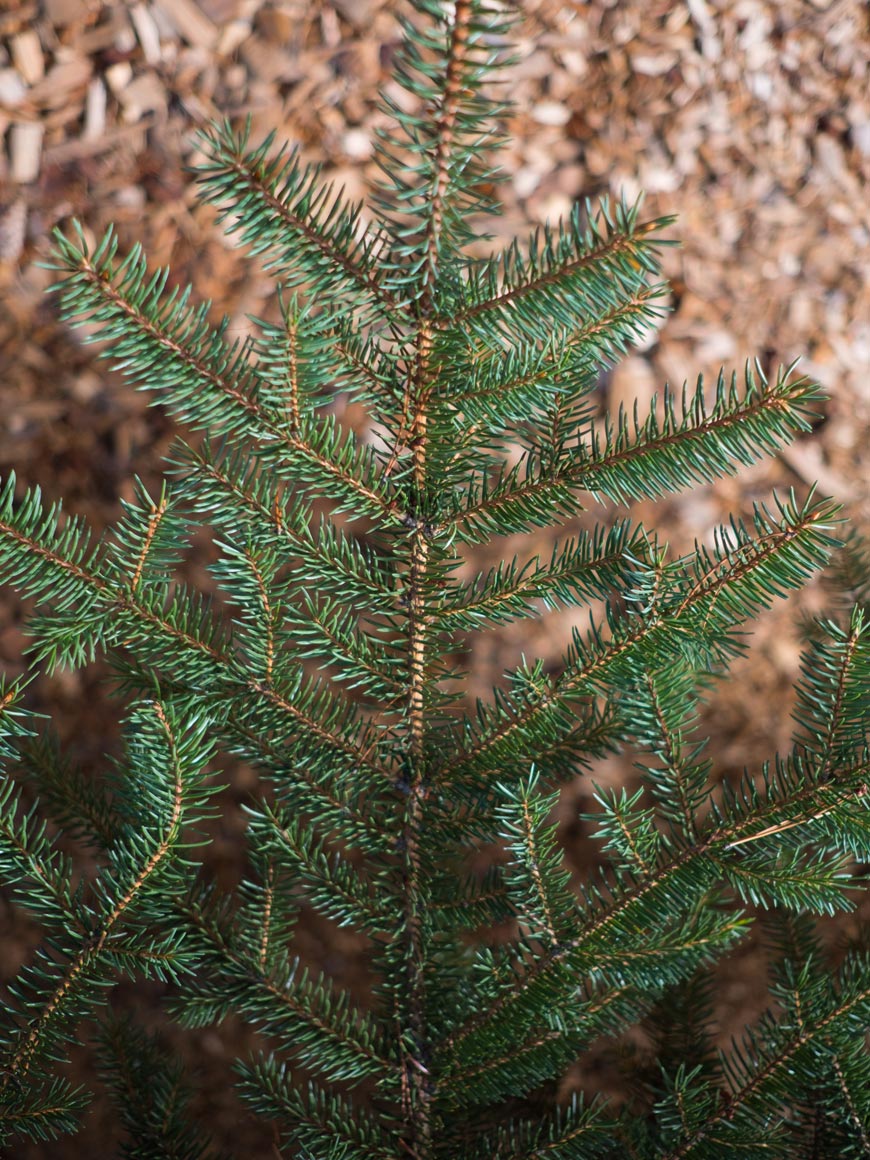
“Pinos” at f/2 1/1000 ISO200.

Crop 100%, the details are there but not with the best sharpness.
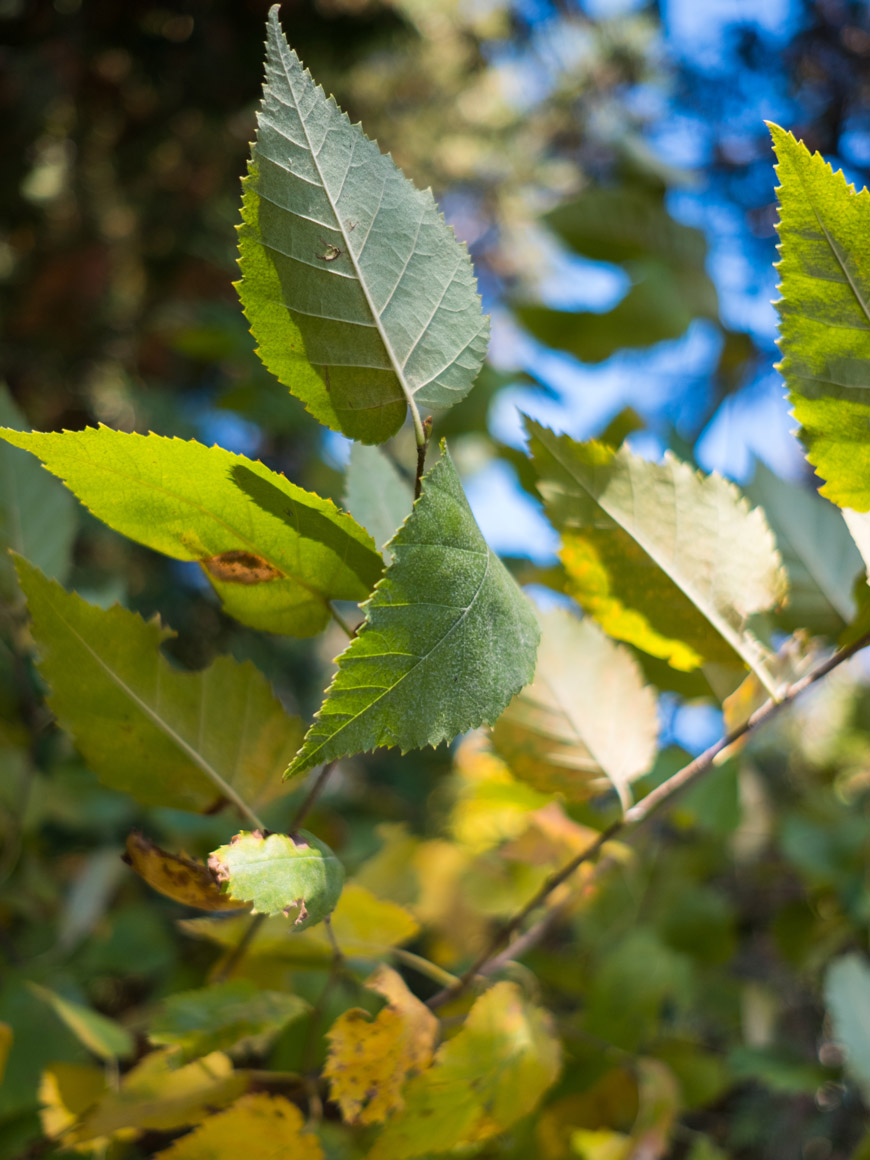
“Green” at f/2 1/600 ISO200.
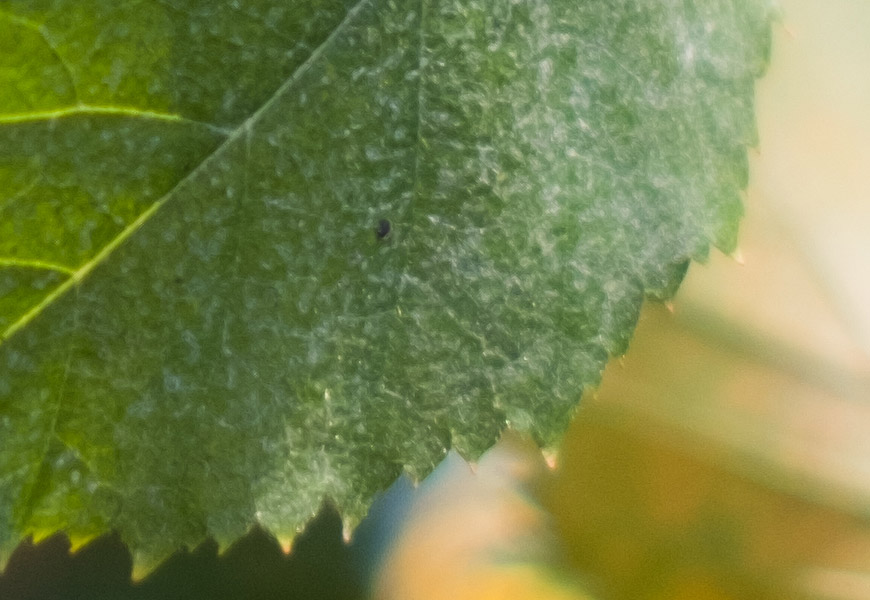
Crop 100%, close-ups are never sharp given the shallow depth of field and lack of optical resolution.

Crop 100%, lack of sharpness on finer details, with loss of contrast and magenta shadows.
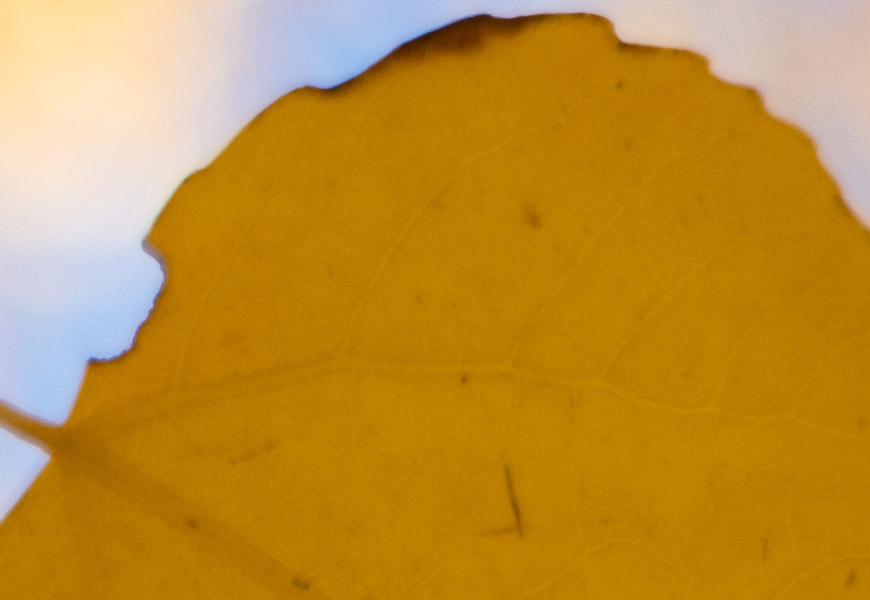
Crop 100%, once again the details aren’t sharp.
Stopping down the aperture to f/4-f/5.6 greatly enhances sharpness, rivaling some of the 135-format 35mm prime lenses; for high-precision shots. Here tested in Montana with the intermediary X-T20, it’s hard to distinguish the US$499 lens resolution from the same images shot with the 50MP EOS 5DS full-frame; all ready for high-quality, large-format printing. Once again every details on leafs, trees textures and high contrast edges are perfectly rendered, no matter the APS-C format; justifying the dedicated camera instead of a smartphone. Also almost every light reflection (flaring) are fixed, and the 9-blade system renders strong 18-points stars from f/8-f/11; perfect for creative shots including the scene’s light source. It’s a big boy’s performance on a small camera, and the best use of the XF 23mm f/2 R WR: long depth-of-field images at smaller apertures.

Crop 100%, fine contrast enhanced by the stopped down aperture.

Crop 100%, Fuji’s X-Trans III APS-C 24MP sharpness.
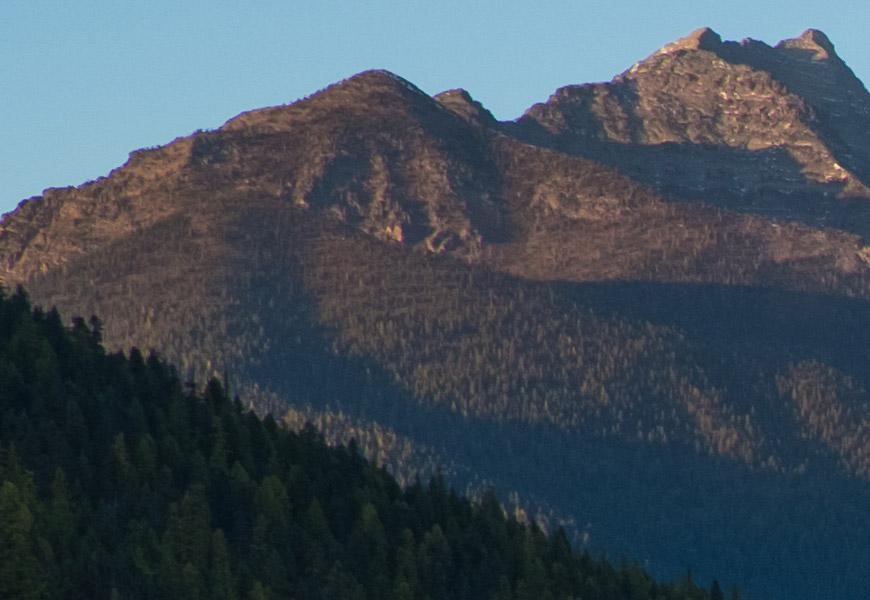
Crop 100%, distant details with slight chromatic aberrations.
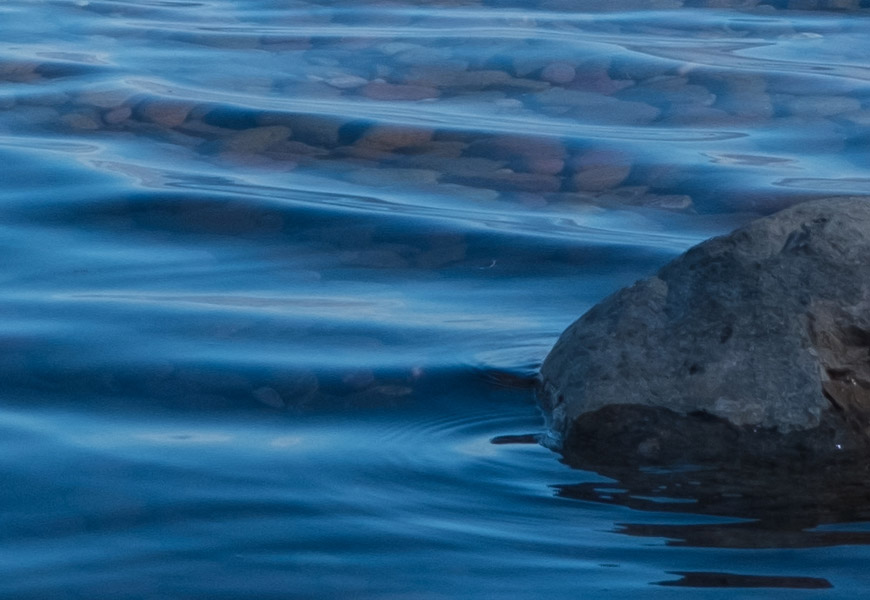
Crop 100%, large format prints from so much detail.
The chromatic aberrations are also curious on this formula, once it demands a mandatory software correction profile even on raw files; standard behavior on the Sony’s and Fuji’s mirrorless cameras (Canon doesn’t force it on its EF-M lenses). A warning indicates the correction on Adobe’s Camera Raw or Lightroom, impossible to be turned off; some level of processing must be applied. Even still, a fine purple line dominates most high-contrast edges, visible on mountains against the bright sky; tree branches; and strong architectural lines; all better handled by larger optical systems. The out-of-focus image plane also gets its share of axial aberrations on high-contrast elements, with green and magenta blobs; no matter the mandatory electronic profile. So it’s not fair from Fujifilm: the pixels must be interpolated to fix optical aberrations, dropping the file’s resolution. Once again these are the limitations of the APS-C format, and also the mirrorless wide-angle lens; still not an alternative to the large 135-format full frame; especially with a dedicated wide-angle prime.
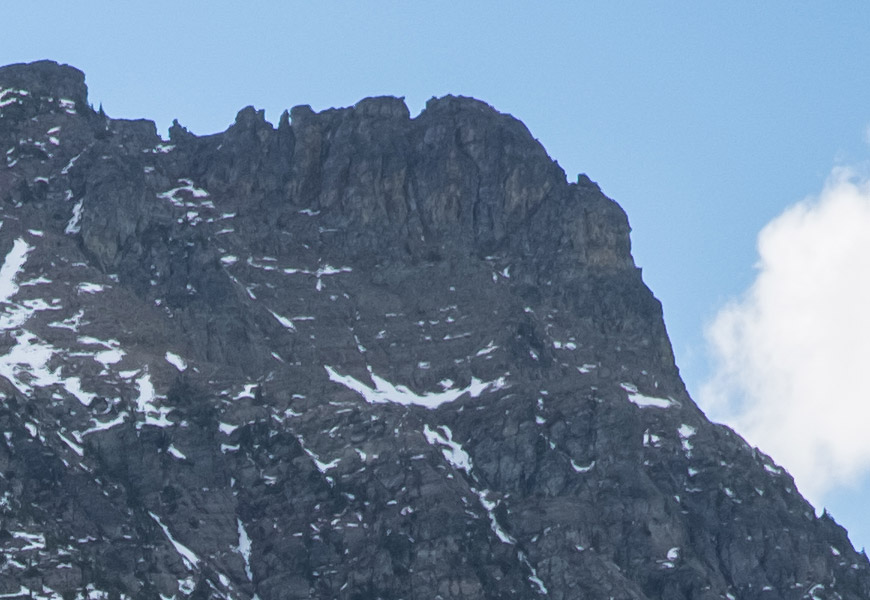
Crop 100%, chromatic aberrations against bright background like mountains and the sky.
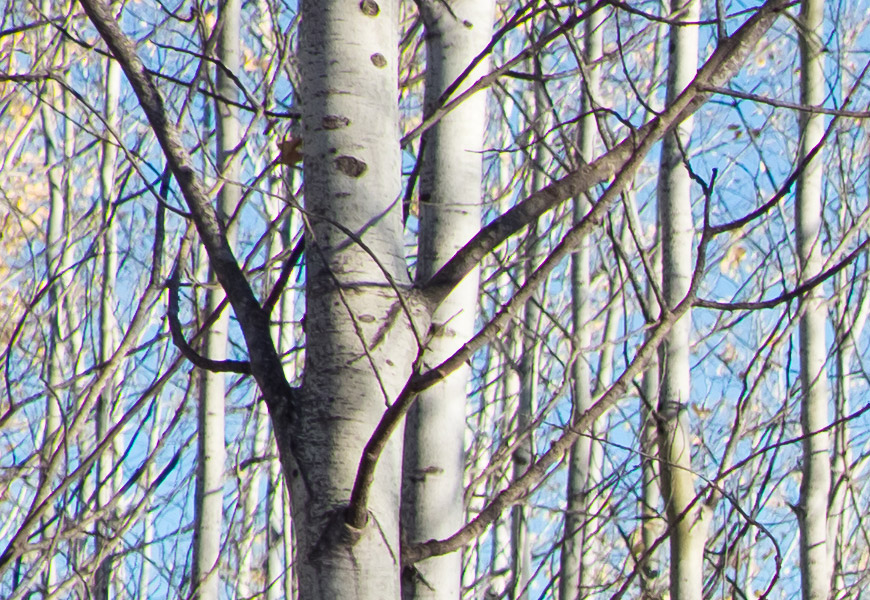
Crop 100%, colored edge on high-contrast element despite the mandatory electronic compensation profile.

Crop 100%, minimum lateral aberrations.
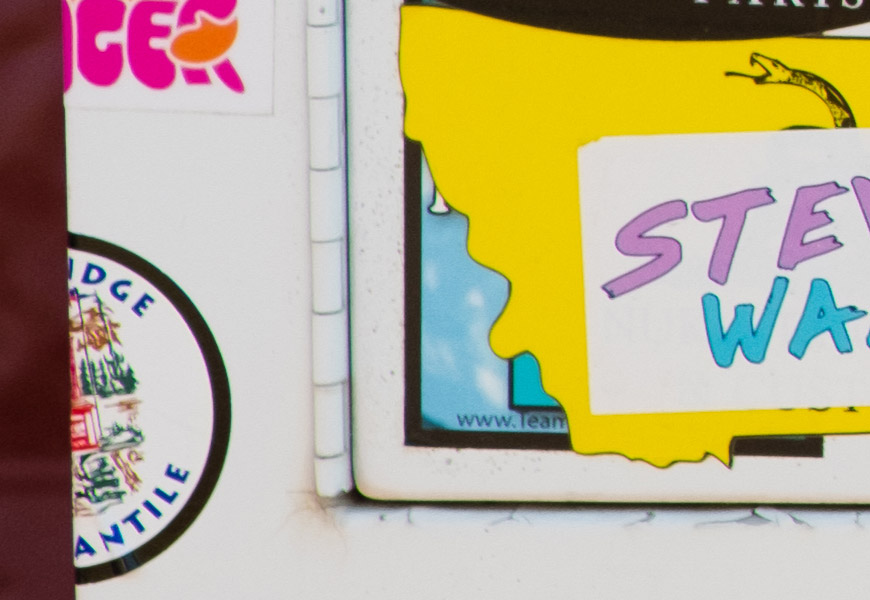
Crop 100%, fine lines on the lateral chromatic aberrations.
The vignetting and geometric distortions are also part of the mandatory electronic compensations despite, once again, not being completely fixed. The vignetting is discreet: we do notice some edge darkening at f/2, forcing the frame’s attention to the image center; but not as strong as Canon’s EF 24mm f/1.4 L II USM; nor the EF-M 22mm f/2 STM. While there’s definitely some level of compensation being applied, it’s not clinical like most smartphones. The same can be said about its geometry: sometimes the images lack depth as perfect as they look; but sometimes they bulge under the 2m focusing and infinity. Under this value, the software compensation is stronger, making the image look even flatter. So it’s not perfect for landscapes, but perfect for architecture, given the variable software compensation; weird. Again, you better trust a larger optical system.
Internal reflections are also interesting, sometimes pretty, great for creative effects; sometimes ugly, ruining the shots. It’s not rare for the light source to be present on the wide-angle frame, especially shooting landscapes; and we usually need it be neutral; not distorting the overall colors and exposure. And Fuji’s Super EBC coating promises up-to 99,8% of light transmission, but that’s not always true. In one shot, I simply wanted to transform the sun into a 18-stars highlight, to creatively use the 9-blade aperture, and it worked; no cross-light leaks nor weird color blobs. But other times I needed the sun to be as neutral as possible, mostly behind trees, and it just didn’t work: an explosion of colors reduced the quality. In one of my examples it’s simply chaotic: the strong sun light almost reflect on every single lens of the 10 elements formula, worse than Yongnuo’s US$60 35mm f/2 lens; that’s as barebones as it gets. So carefully plan your shot if the light source is a creative element: it may not look as desired and further adjustments are required.
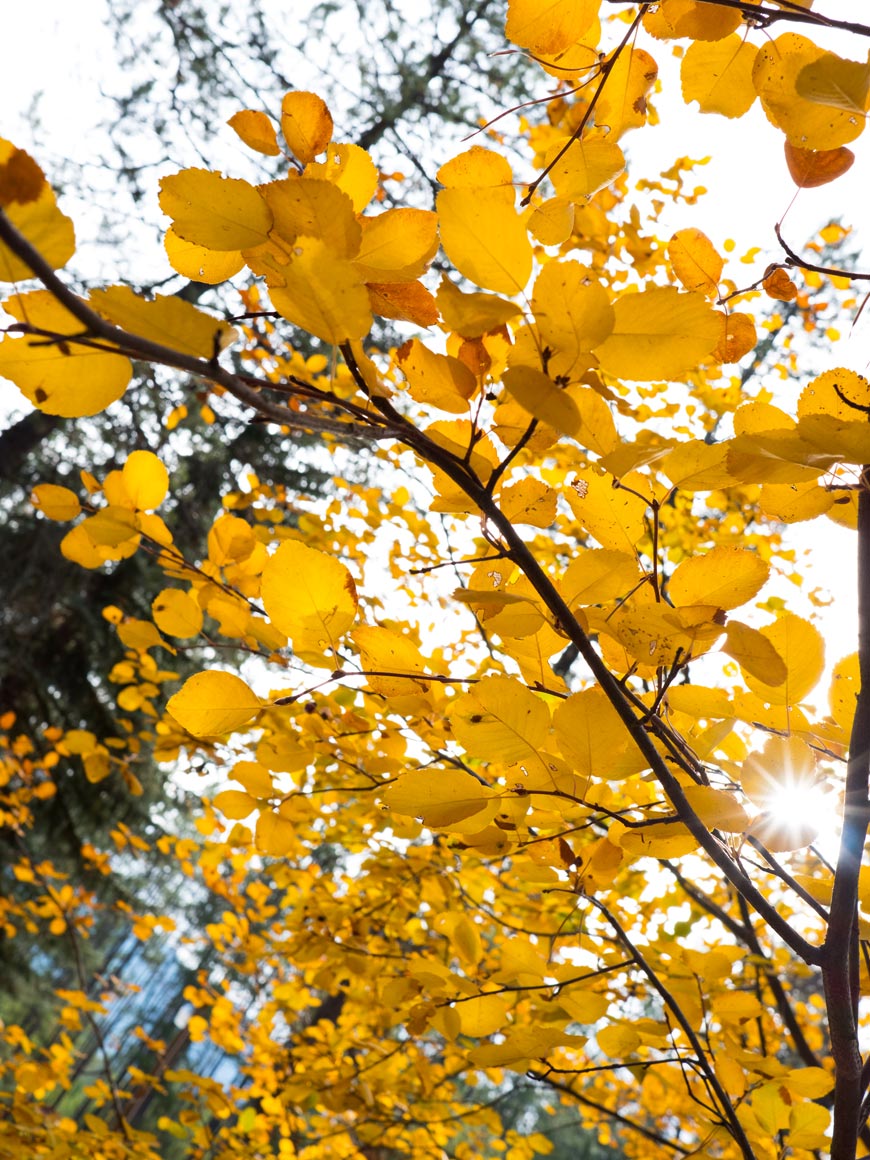
“Folhagem” at f/8 1/60 ISO200; the sun on the lower-right corner.
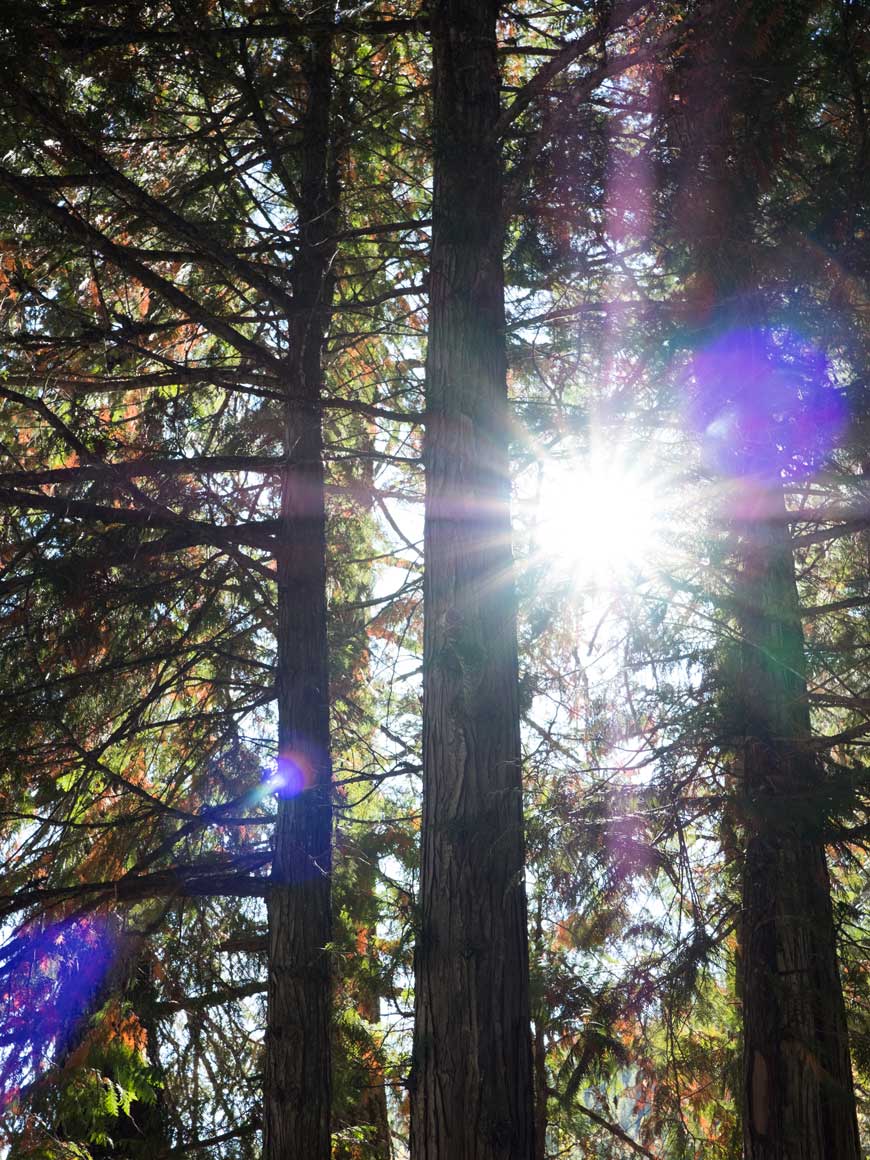
“O caos” at f/9 1/60 ISO320; worst case scenario! O_o
Finally the colors and the bokeh (out-of-focus qualities) go against what we’ve seen from Fujinon’s XF lenses so far: very strong but not neutral. The background can be as chaotic as the internal reflections, thanks to its two aspherical glass, made to keep the overall frame resolution under control; any stronger contrast line on the background gets repeated indefinitely; even giving some vertigo to longer focusing distances. As a matter of a fact, the inferior XF 18mm f/2 R rendered a smoother bokeh, not seen on this 23mm. And the colors are Fujifilm’s samba: too vivid, from dusk till dawn, far from reality; but nice to use, depending on your taste. Most brands actually tune their wide-angle images for that: every 35mm lens feels more saturated than longer 50mm and above. So they’re easier to post-process with fewer saturation adjustments, but also easier to get tiring.
The XF 23mm f/2 R WR is the first f/2 R WR Fujinon lens that left something to be desired; so here is a hint: carefully consider it prior to purchase. While mechanically it is identical to the 35mm and 50mm, and superior to the non-WR 18mm, optically Fuji couldn’t really push it’s formula to deliver a high-performance lens like the other two. It’s a challenge: a compact lens with fewer glass elements, and the choice of either more expensive pieces (low-dispersion or aspherical); or the reasonable price-point. And Fuji’s balance was clearly the best 23mm mirrorless lens I’ve used, with plenty of resolution to take the place of a dedicated 35mm 135-format prime. But anywhere closer in focus, and the optics can’t deliver; neither good shallow-depth-of-field, nor perfect geometry on tighter frames. The bokeh is ugly. The aberrations, even electronically compensated, are visible. And the edge’s resolution is nothing to praise about. So this isn’t a “35mm killer” we’re expecting and that’s a problem. So I’ll definitely keep my large EOS 5DS to shoot at these shorter focal lengths, and recommend it. We can’t bend the laws of Physics. Good luck and nice shooting!